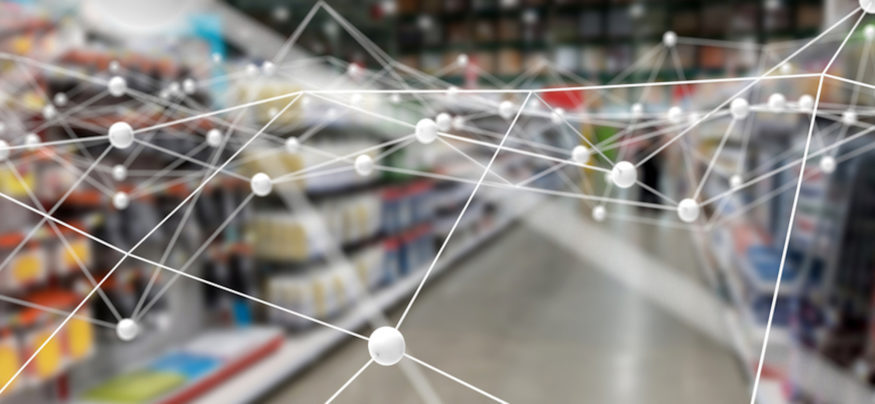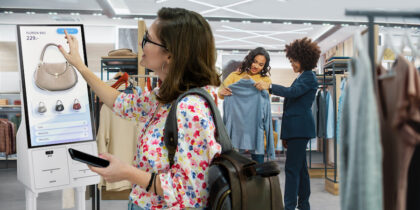For retailers to derive all the possible benefits out of an IoT infrastructure, interoperability is crucial. All IoT components must be able to work with the retailer’s current technology framework to optimize the customer experience.
A smart IoT platform can connect components as varied and diverse as beacons, digital signage, mobile technology, foot traffic sensors, energy efficient IoT-enabled lighting and a host of other devices. As this environment continues to evolve, more devices will be added daily, so the smart IoT platform uses an open architecture to enable the easy inclusion of new devices and apps as they’re developed. Such an open platform enables all of these components to work not only with one another, but also within a retailer’s larger omnichannel technology infrastructure, including online ordering and contact centers. The platform connects the data gathered through the IoT devices to deliver the customer intelligence that will drive bottom line results.
Better Data, Better Sales
A system that features full interoperability, combining online data sources with real-time information from IoT components and POS devices, can provide accurate insights into customer demand and preferences, as well as real-time details on the supply chain. Such a comprehensive technology solution enables a customer to order an item online and pick it up in-store, and employees to utilize beacon-triggered upsell messaging once the customer enters the store. And with available mobile POS devices that can accept mobile payments, sales associates can quickly and efficiently complete the purchase for the customer, making for an efficient and personalized shopping experience.
The future of retail is here.
Read this white paper to learn how to use IoT to create the shopping experience of the future. Download Now
To provide these kinds of memorable experiences, retailers must have access to an open and interoperable combination of technology that includes the right platform and hardware for the retail environment. ARTIK, a robust end-to-end platform designed to work with any retailer’s infrastructure, works with all IoT devices. It includes both hardware and software, as well as a cloud offering to manage those devices and organize data in a meaningful way. It also features an ecosystem of partners that combines the technology expertise and business strategy into a cohesive solution with end-to-end security that protects both customer and retailer data.
Simple Addition for Outstanding Results
Even though ARTIK is a sturdy platform that offers many benefits to a retailer’s infrastructure, its open platform also means it has the ability to quickly onboard a wide variety of otherwise disparate devices. A cloud-based system, ARTIK enables quick connections to your existing IoT infrastructure, whether it has yet to add devices or it has already incorporated devices like beacons, sensors and mirror displays. Its modular design enables retailers to easily incorporate the elements that work best for their environments, whether it’s simple “things” such as lights, sensors and other pre-certified RF hardware, robust components such as controlling/monitoring hubs for display-based kiosks, or something in between. The modules are divided into different families, based on size, power and capabilities.
Beyond the technology, ARTIK also includes a full family of strategic partners, including developers and technology and business experts who work with retailers to meet their needs. The strategic partners will also continue to evolve the platform to build on new technologies so they can continue to develop state-of-the-art solutions for the retail community.
To offer a premium omnichannel customer experience without making major changers to their existing infrastructure, retailers should invest in a reliable end-to-end platform that works seamlessly with all IoT devices.
Another way to enhance the in-store experience is through mirror displays that merge the physical and digital worlds.








